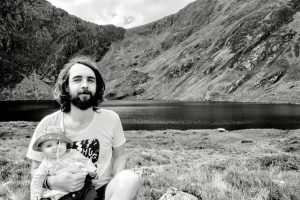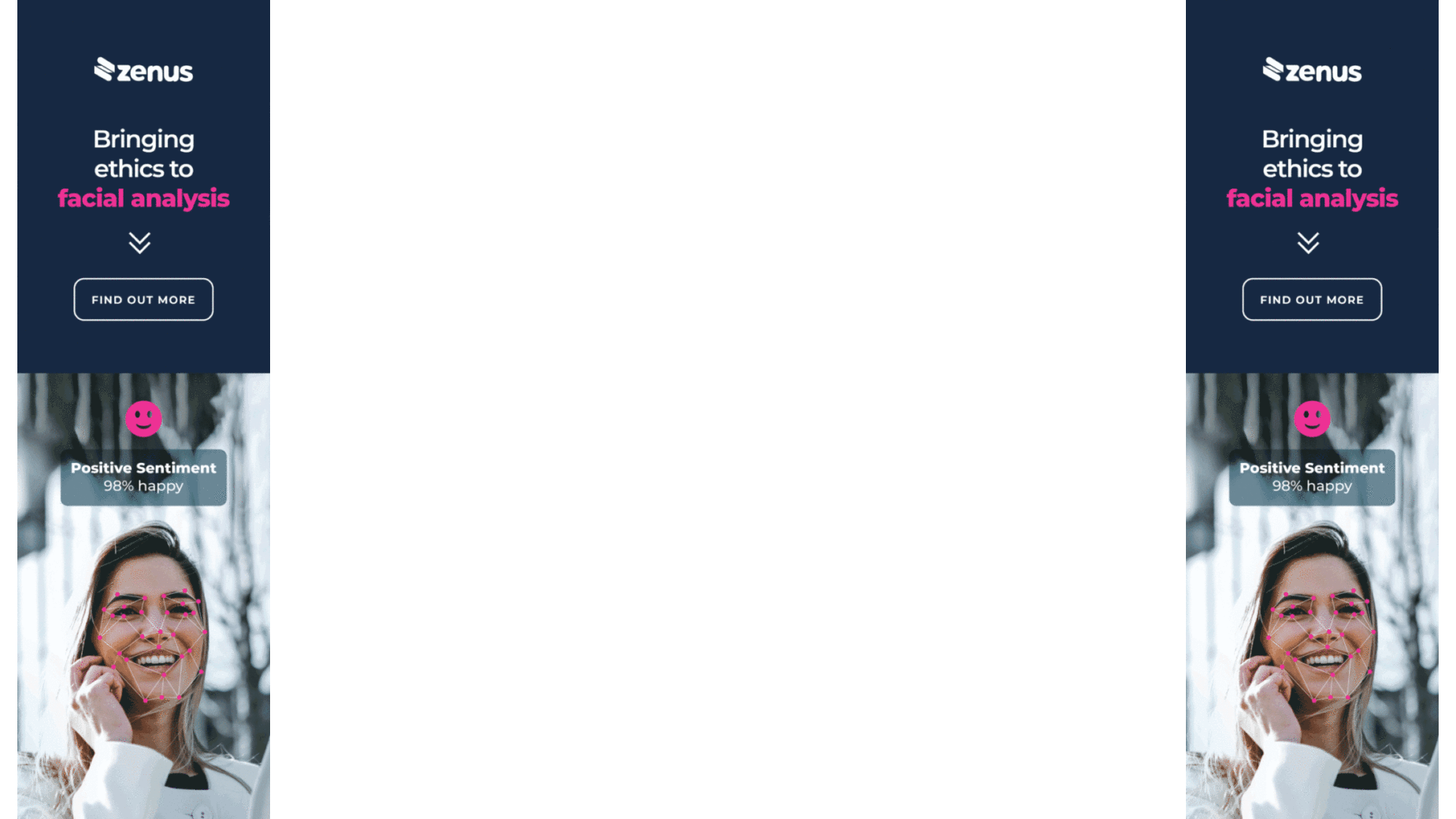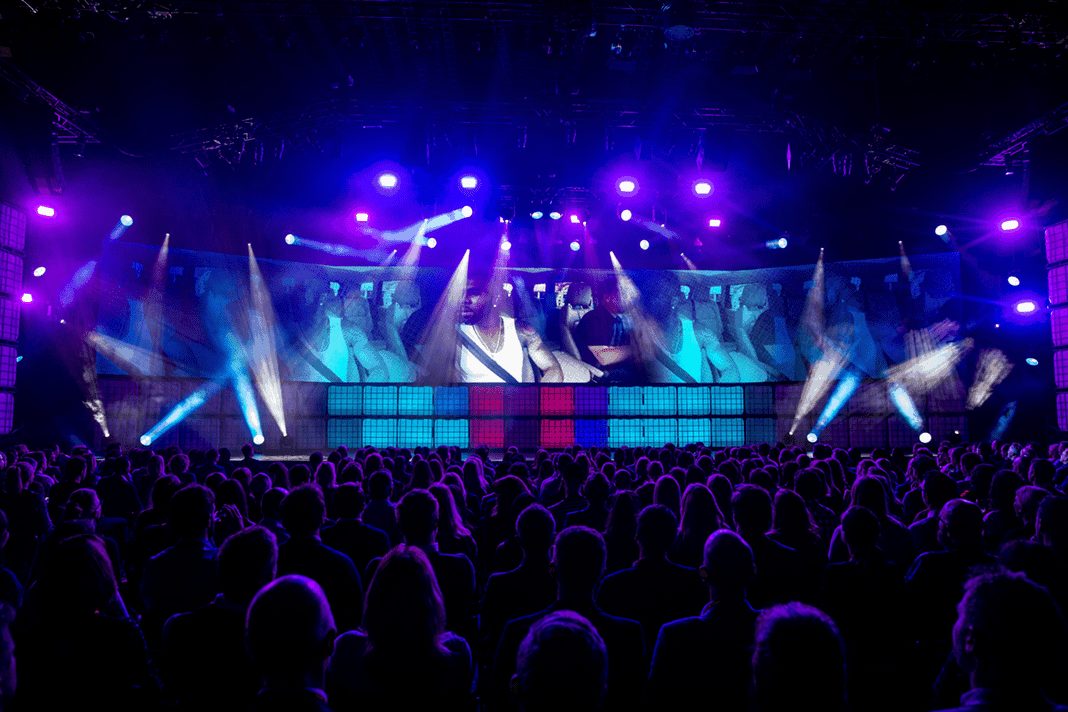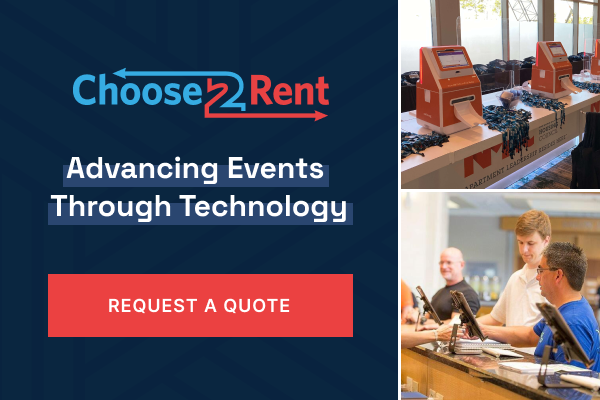If a traditional creative agency’s Creative Director comes up with an incredible idea of a new TV ad, poster or digital campaign he or she has technology to ensure the idea is deliverable. However, in experiential marketing, everything changes.
You may still need the technology but everything you physically build has to stand-up, literally. What might look amazing on the screen could be impossible to physically deliver. As such, even the most creative concept has to be grounded in some degree of reality and an understanding of potential limitations (whether in terms of locations, budgets, material availability).
Furthermore, there’s being creative and then being gratuitous. Relevance to your audience and having the confidence to repeat those things which work well year on year are essential qualities which should underpin the creative process. It’s not always about the next big thing, but what works for your crowd.
Often, a fine balance often needs to be strict between the highly imaginative and the highly-realistic. Not an easy thing to achieve, but not taking these factors into account can be costly and will significantly reduce the impact of the experience.
Here, Harry Osborne, creative director of market-leading experiential and live events agency Set Live, offers his top three tips for delivering creative events guaranteed to succeed.
GRAVITY WORKS
From a practical perspective, something we always talk about is gravity. Our ideas have to stand up, quite literally!
So when it comes to the initial concept phase, we’ve not just got an eye on what it looks like, or how the experience will feel, but we’re always doing battle with the real life implications of building it.
For this reason we’re always sure that the technical and project management team are engaged with the project from a conceptual stage. Creativity is a collaborative process, there’s just no point proposing incredible ideas that could only be realised in CG so it’s important to have everyone involved in delivery from the get-go.
In the same way, we’re at pains to make sure the creative team remain engaged all the way to realisation. Just as we don’t want to propose anything impractical, we also want to ensure great ideas don’t succumb to too much practicality! This balancing act is relatively unique to the experiential marketing sector and is crucial to get it right.
TECH FOR TECH’S SAKE
From a creative point of view, we’re always interested in how can we do something the brand hasn’t done before. However, we need to ensure that those ideas are relevant too.
Technology can play a key role in communicating to live audiences. But, we have to ensure it’s not ‘tech for techs sake’. We have to ensure relevance and understanding to both the audience and the environment.
One of the things that comes up a lot at the moment is VR & AR. Obviously both are incredible technologies with amazing applications and potential to enhance your experience, but they too have their place.For example, Oculus Rift is great but not when you’ve only got access to 4 headsets and over 1000 guests.
You’ve got to ask yourself a number of questions before committing to incorporating the latest innovation to your event: What is the content? Is it relevant? Is there a better way to communicate the idea?Ultimately, you must ensure the technology is right for the message .
EVOLUTION OR REVOLUTION
Under the pressure of a repeat job, it can be tempting to overreach and there is a delicate balance between completely re-thinking the plan and sticking with what works.
We have a blend of projects, some re-occur and others are unique. For those projects that do re-occur we need to ensure we find a balance between the audiences understanding and expectation, for example: “they’re coming back because they enjoyed it last time” and a brands’ desire to appear fresh and relevant.
Of course there are moments and occasions when a completely re-thought approach gives the moment of ‘wow’ we need, but often it’s a case of maintaining some thread between previous instances (be it venue / layout / programme / style).
We have to consistently ensure our creative output is fit for purpose, that it answers the brief and uses the insights we have gathered. Key to this is finding the story and understanding how we can communicate this through the overall experience.
 Harry Osborne is a Creative Director at SET Live. Having previously worked for Tsunami Axis, Harry is responsible for the creative vision behind some of the world’s biggest brand activations, delivered for global-leading brands including Heineken, Google and Bentley.
Harry Osborne is a Creative Director at SET Live. Having previously worked for Tsunami Axis, Harry is responsible for the creative vision behind some of the world’s biggest brand activations, delivered for global-leading brands including Heineken, Google and Bentley.










